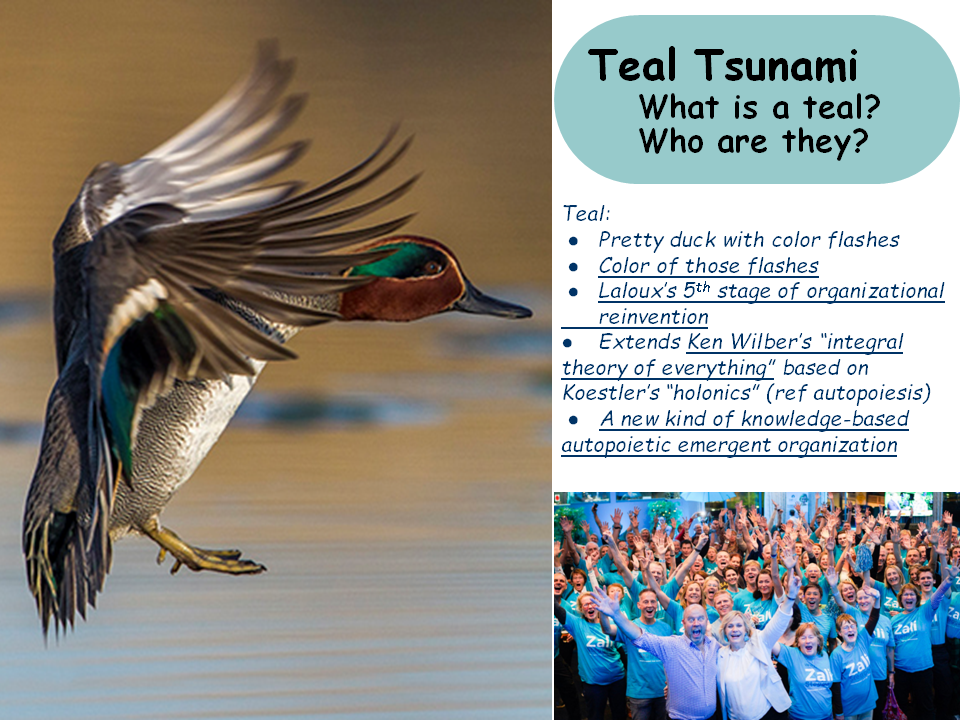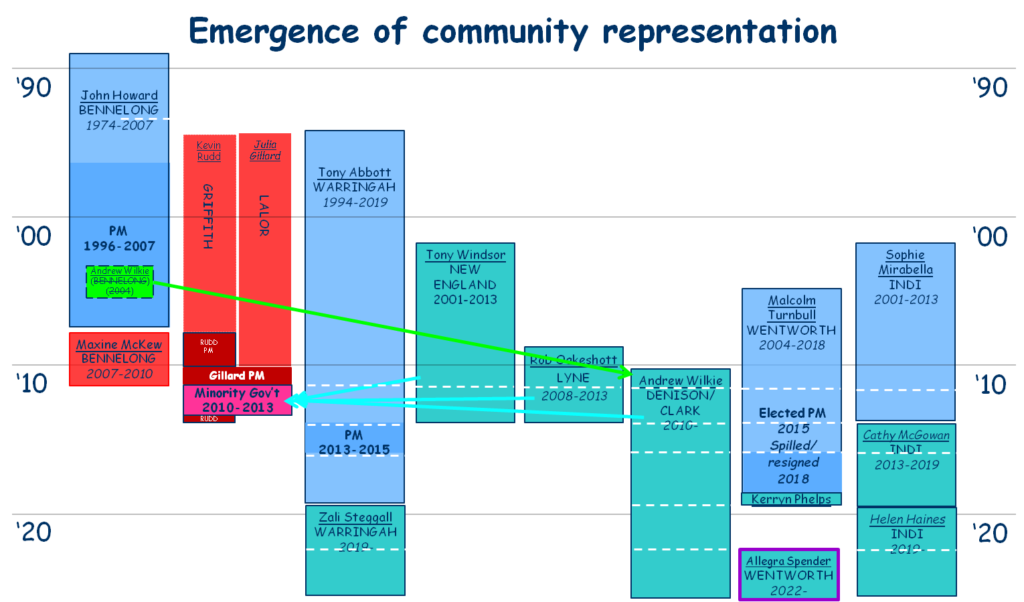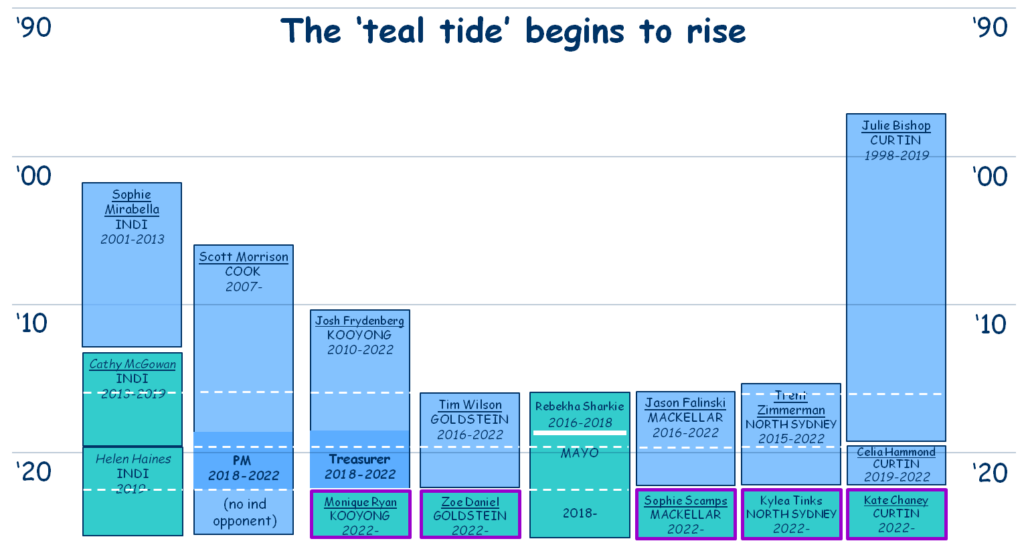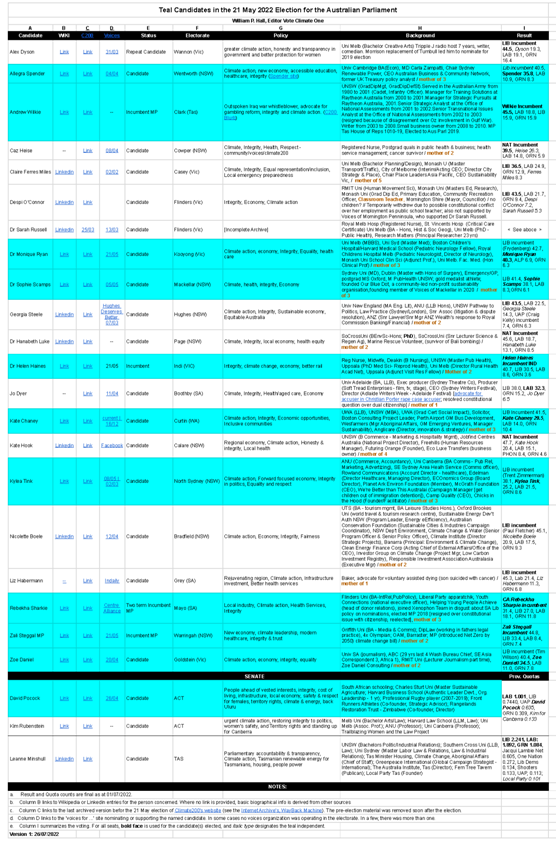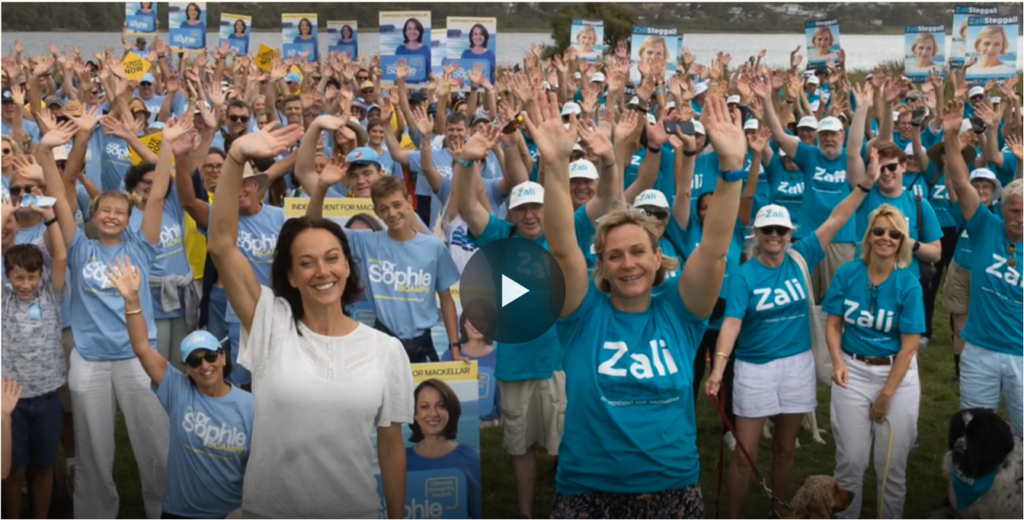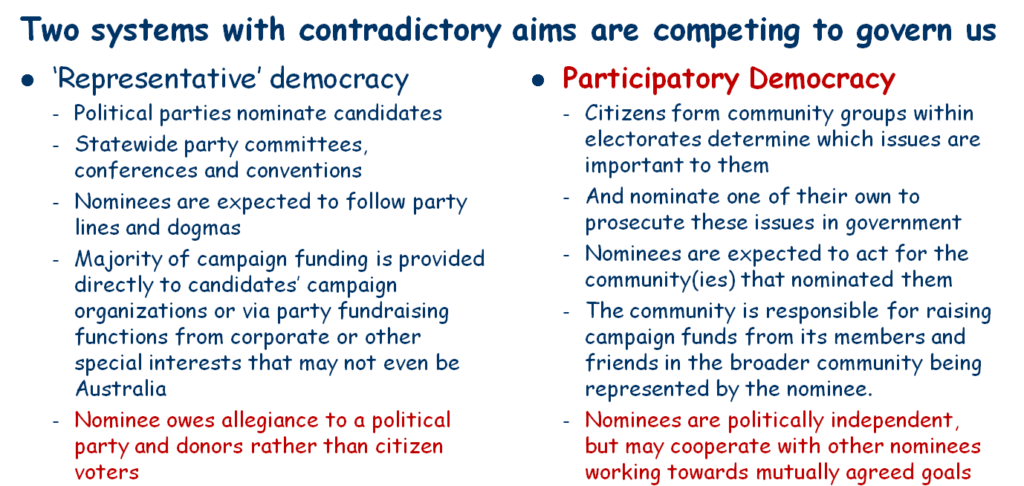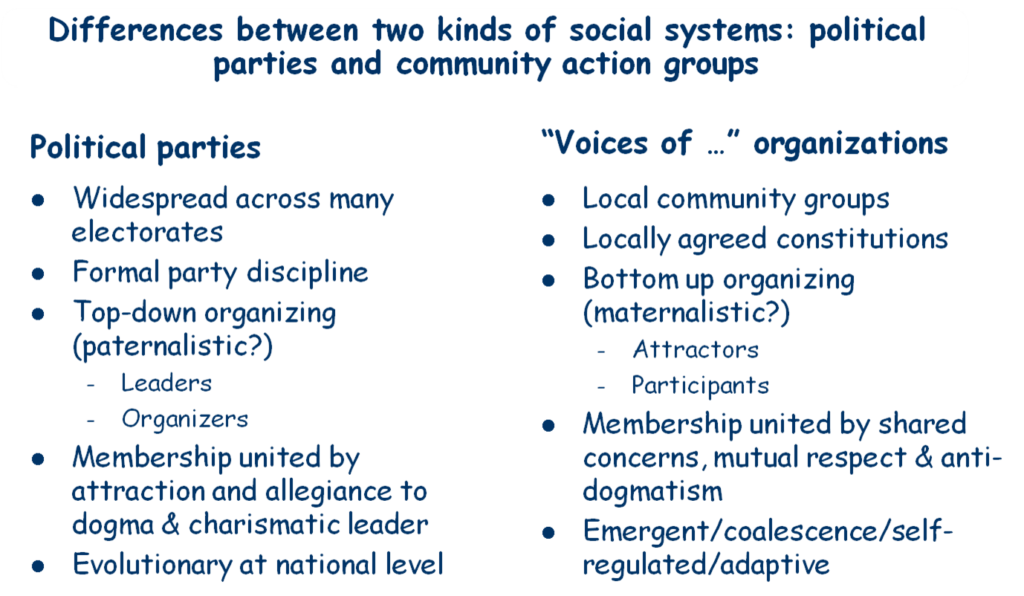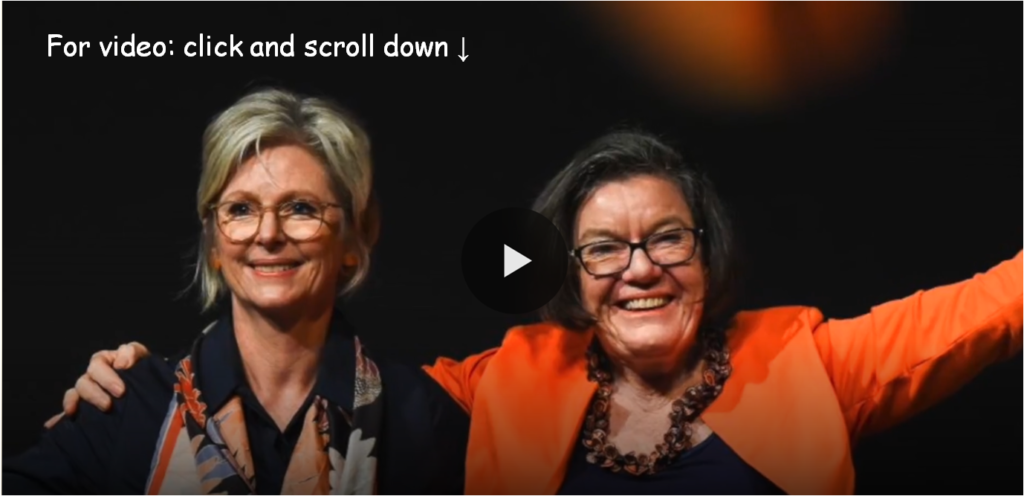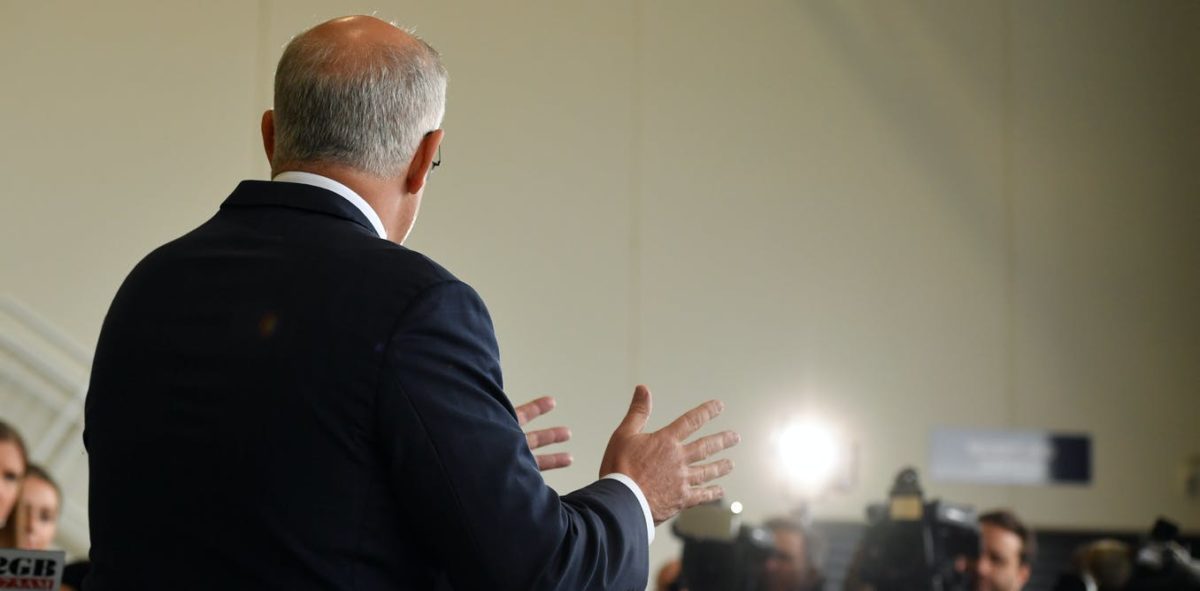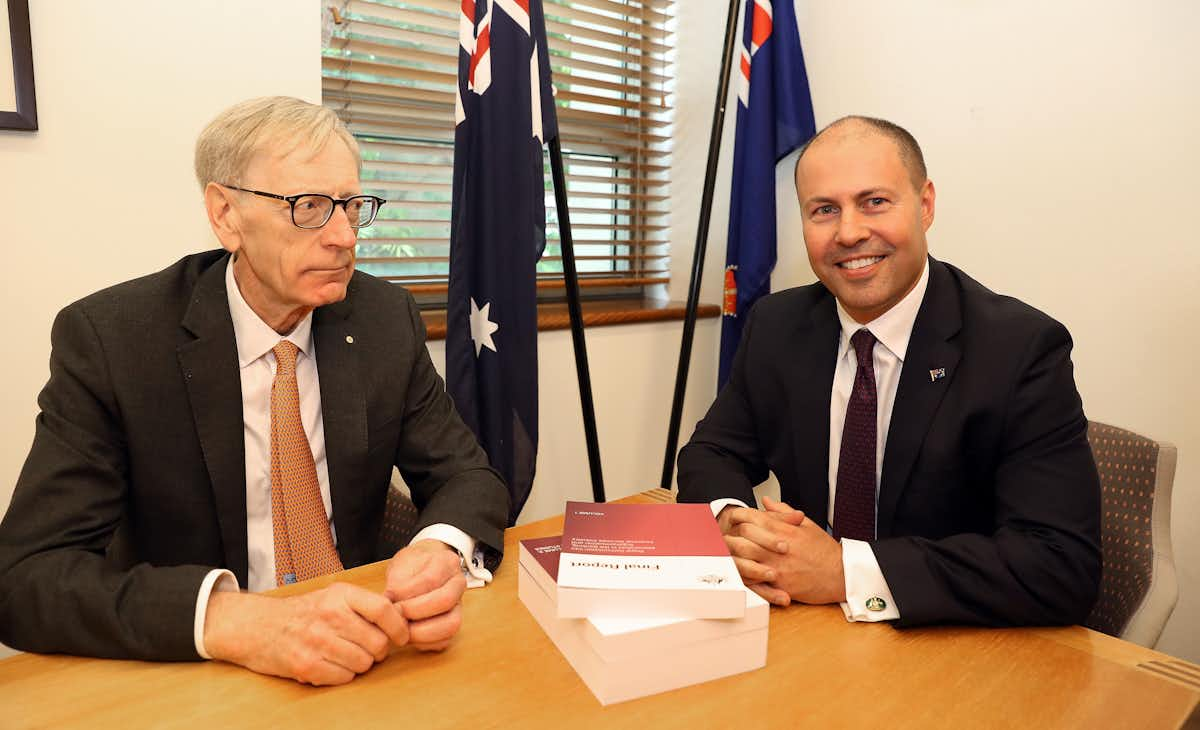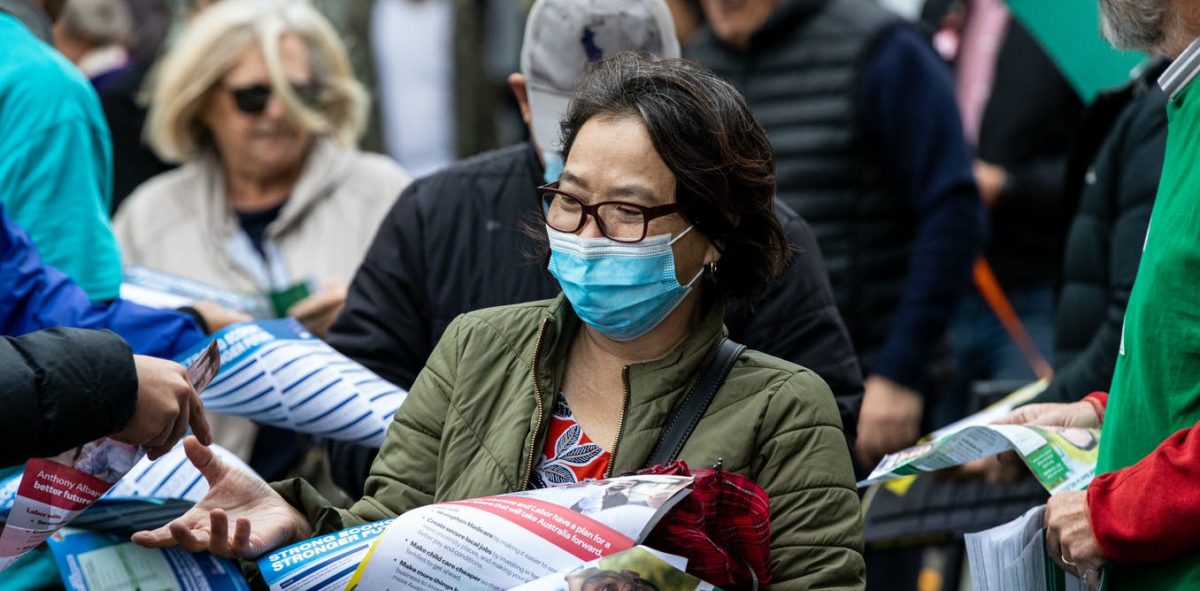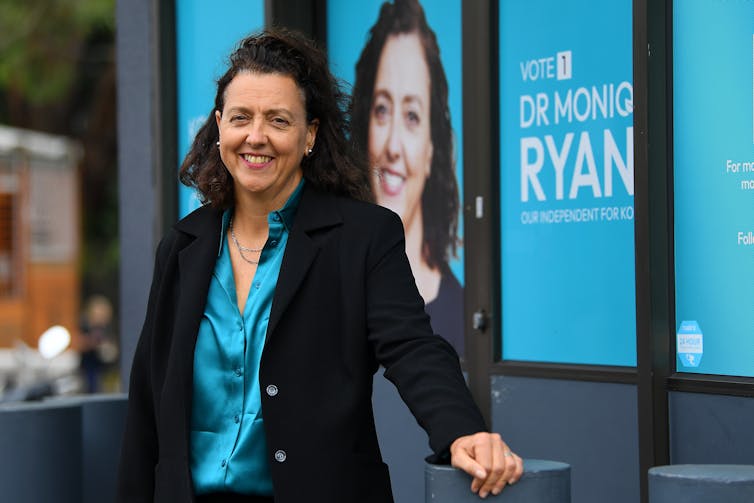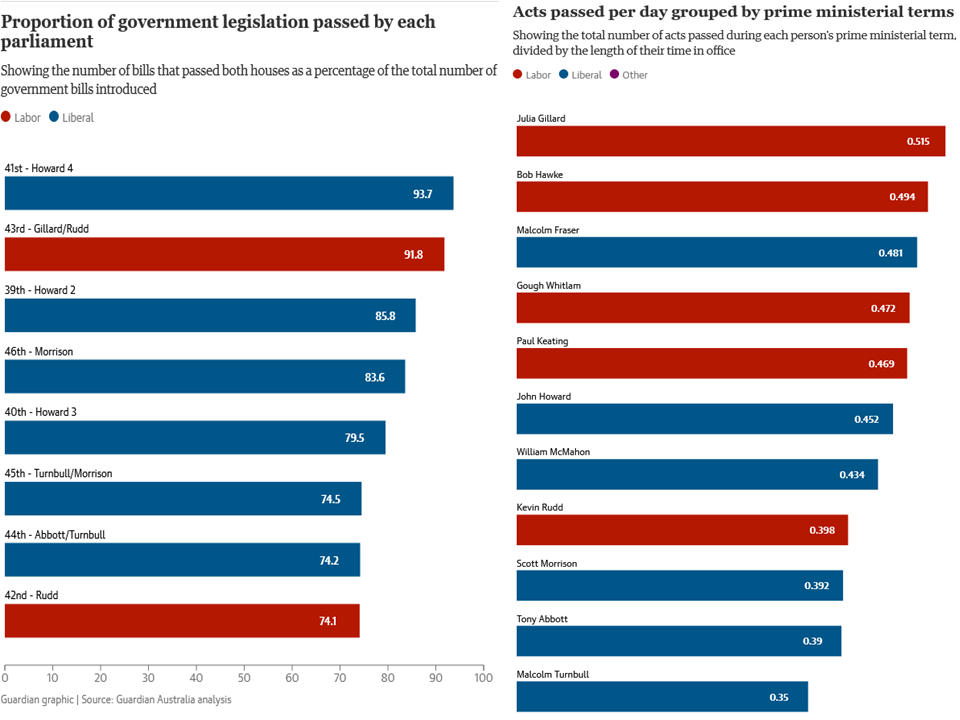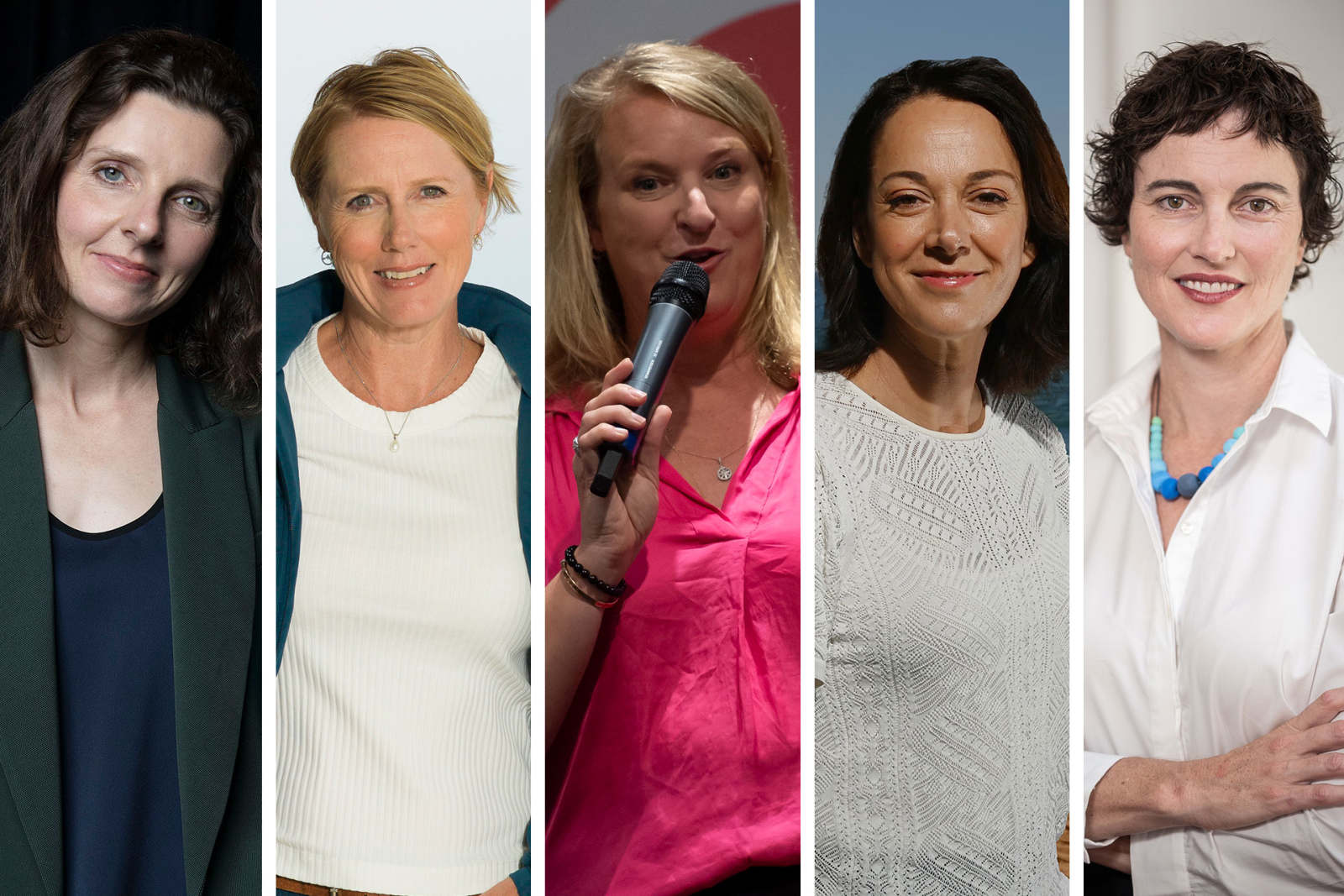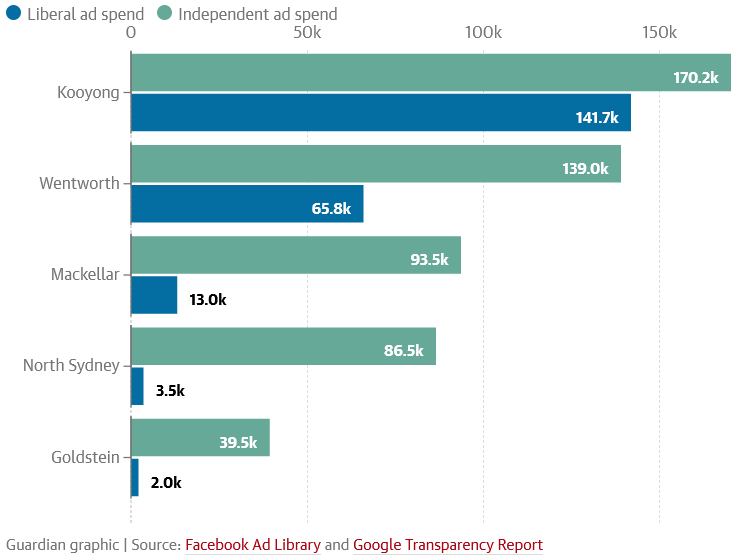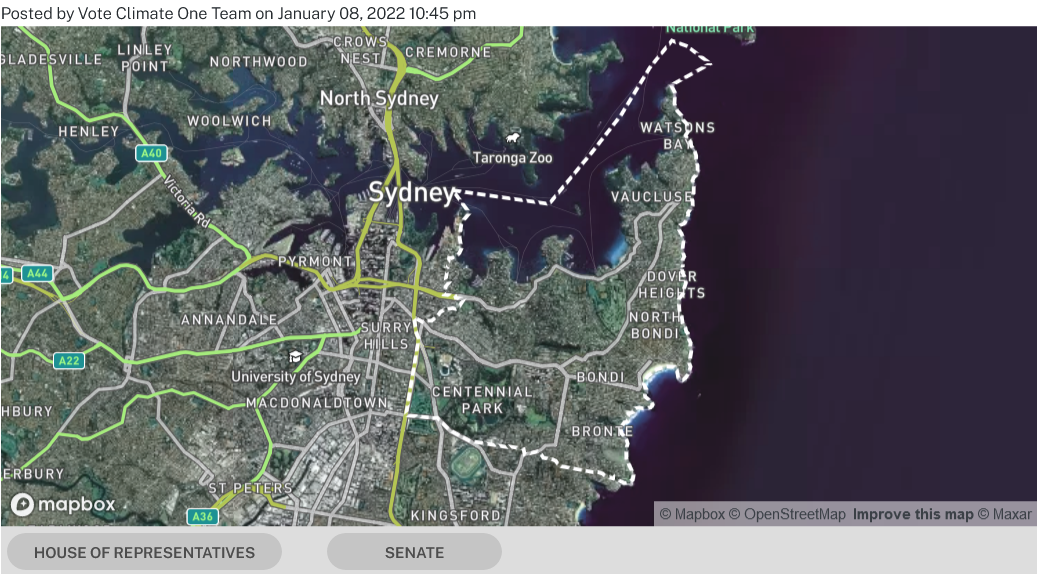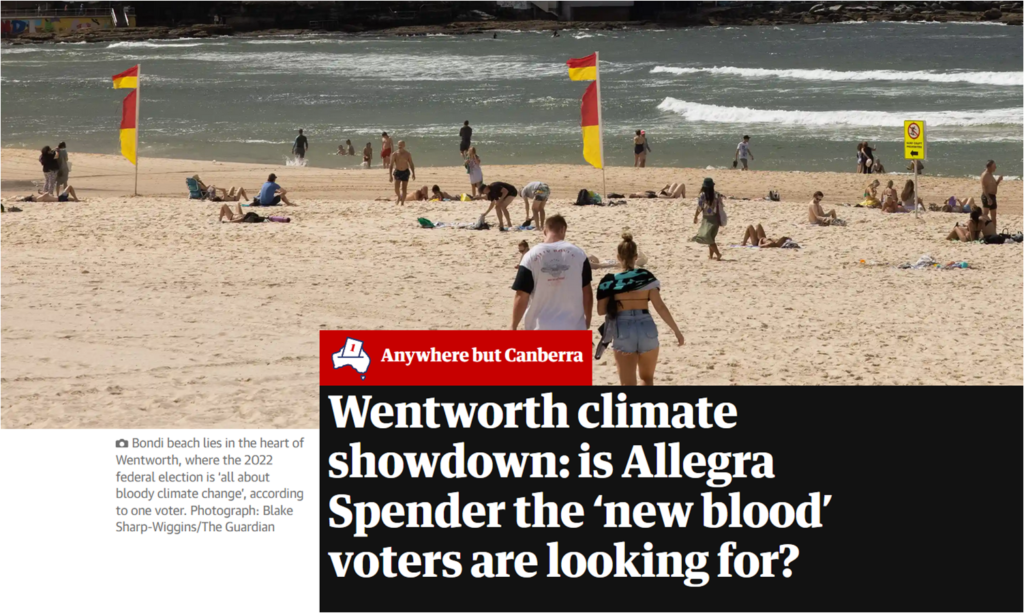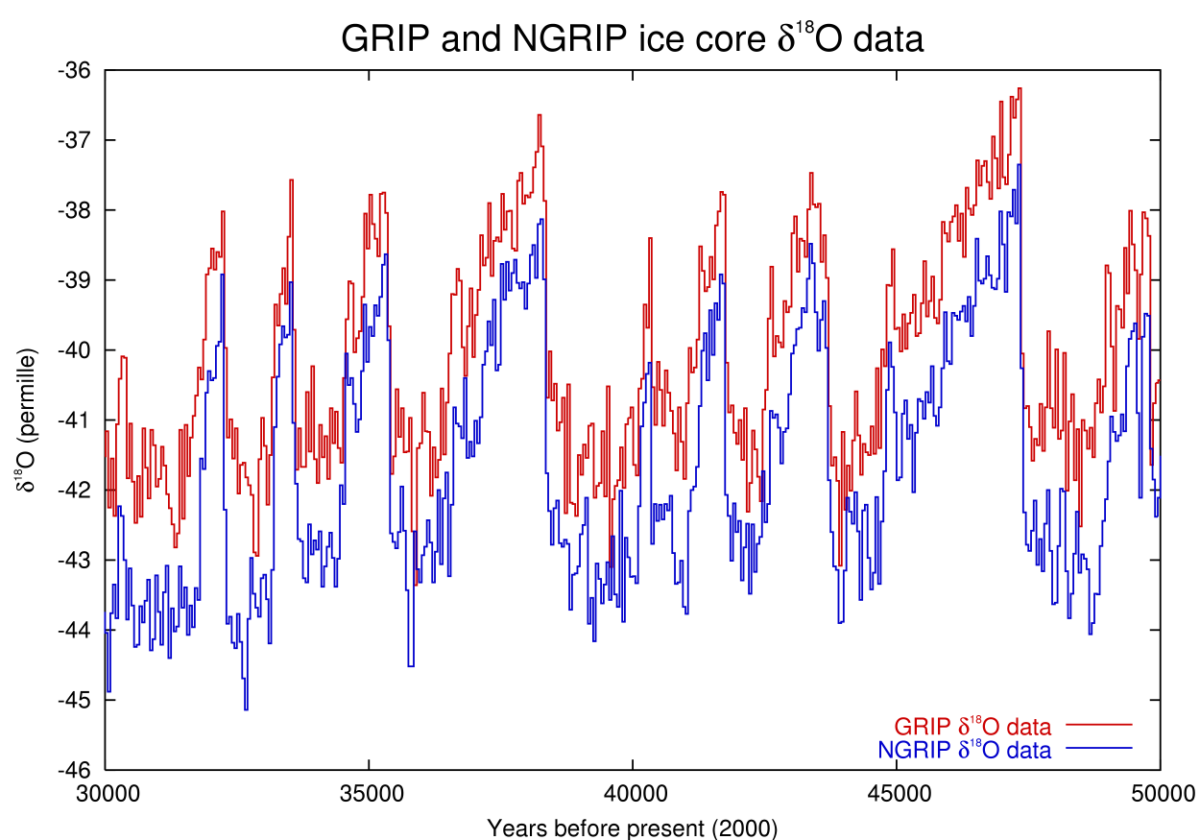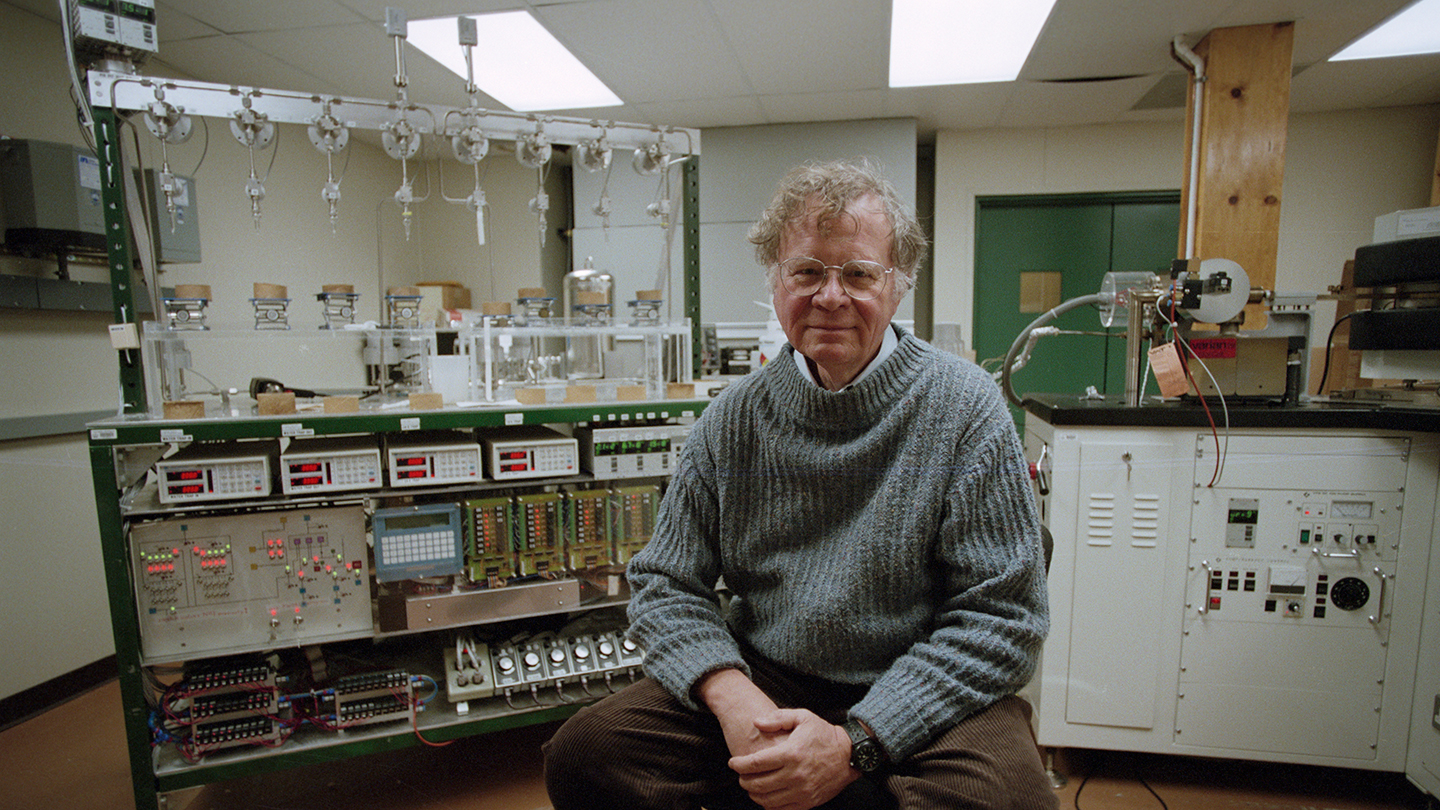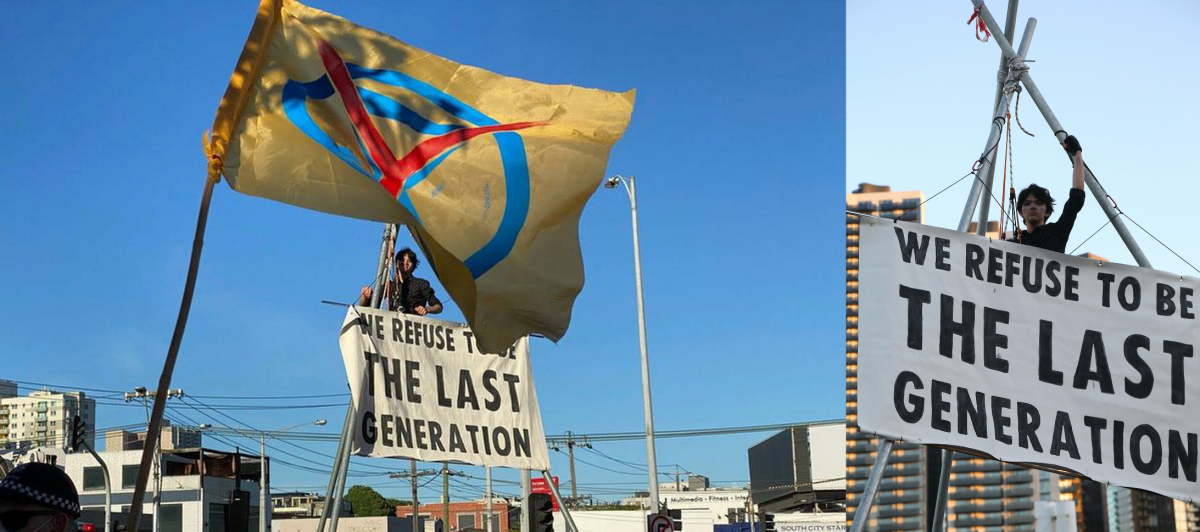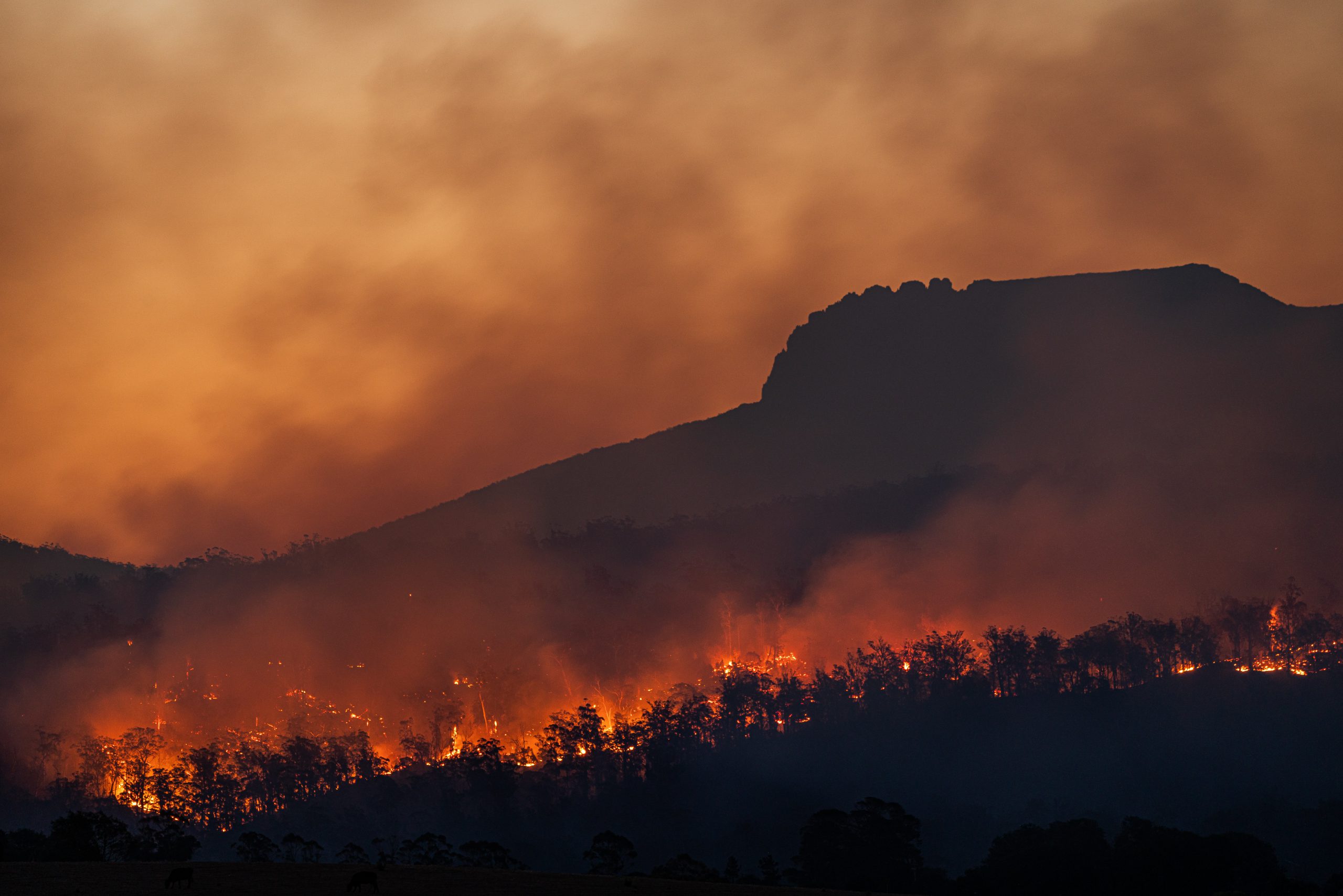Group Voting Tickets – made for dodgy dealing

Let Victoria’s Group Voting Tickets (GVTs) show you how they abuse your one vote above the line to elect 4 more people you don’t know to the upper house
The group voting ticket illustrated above (page 31 & 32 in the file on the Victorian Electoral Commission website) is the completed ballot paper for a voter in the Western Metropolitan Region putting a [1] above the line in the [P] column on his/her formal ballot paper to vote for Health Australia. Assume that you are that voter. This one mark will then be your vote to elect FIVE members for the Legislative Council for the Western Metropolitan Region.
By voting [1] above the line for [P] you have given your FIRST PREFERENCE to candidate Isaac Golden, the homeopath who established the Health Australia Party (where minor parties are concerned, only the first preference in the column ever has any chance of being elected). You may have voted for Health Australia because of its apparently strong pro climate policy and/or your support for alternative medicines.
However, according to the GVT for your [P] vote, if Golden fails to win a quota for election from his above the line votes, the SECOND PREFERENCE from your ballot goes to [Q] who happens to be incumbent MLC Bernie Finn for Labor DLP. Finn is one of the most extremely right wing Christian MLCs in the Victorian Parliament: rabidly anti abortion, anti-gay, and anti climate science. In the end he is so extreme that when he was a sitting member for the Liberal Party, in May this year they expelled him from the party. If these added votes do not complete a quota to elect Finn go to Finn’s first preference, Group [U] for the independent, Villagonzalos. The Group U first preference goes back to Finn, adding the number of ballots for Villagonzalos to Finn’s preference count.
Your THIRD PREFERENCE goes to column [M], for the sitting one time Labor member, Kaushaliya Vaghela who recently founded the New Democrats Party after resigning from the Labor Party in March this year because she was left off Labor’s ticket for this election. As a Labor Member she worked to represent the Victorian Indian and south Asian communities across Victoria. Intensively searching the Web, I could not find a single document mentioning the word climate. Vaghela’s first preference goes back to Isaac Golden’s Health Australia. So, if Vaghela fails to reach a quota in that round, her preferences are also added to Finn’s account towards his quota.
Your above the line then gives you the independent Fred Akerman from Taylor’s Lakes in Group [E] for your FOURTH PREFERENCE. Akerman is a member of the Liberal Party’s far right religious faction, but Group E’s preference also is Health Australia’s Isaac Golden.
Your FIFTH PREFERENCE goes to Meg Watkins a member of the Animal Justice Party in Group [N] which also lists Health Australia’s Isaac Golden as their first preference.
All this does my head in, but the GVT tells me that if Golden does not gain a full quota from your [1] vote for Health Australia, Bernie Finn has two chances to add your vote to his count for the quota, and if your vote does not complete Finn’s quota for election, Golden gains votes from three more of his preferences if they are also not elected.
Do you really want to elect these kinds of rat bags into Parliament with this kind of wacky diabolically obtuse voting system?
The bottom line: if you want to control who your vote can elect you must express your preferences below the line on the big Upper House ballot.
Vote climate one’s Traffic Light Voting and Voting Guides – Vic make this about as easy as possible.
They are legal, but Victoria’s Group Voting Tickets are evil and encourage corruption
On Climate Sentinel News I have already reviewed several articles showing how Victoria’s electoral legislation seems to be deliberately designed to encourage dirty political backroom dealing:
- Corruption of ‘Above the Line Voting’ for the Victorian Parliament’s upper house;
- We don’t want majority governments!
- News Flash: Fundamental corruption in Victorian Upper House Group Voting Ticket law revealed by Preference Whisperer
- VC1 red lights some parties and candidates on ethics
Incidentally, I first encountered the idea of group voting in the late 1960’s when I was living in the then notoriously corrupt US State of Massachusetts, where all you had to do is tick which party you were voting for — and that was it, the party would tick all of the other boxes on the ballot the way they wanted to.
Group Voting Tickets for the current Victorian election were published by the Victorian Electoral Commission on the evening of 13/11/2022. Early voting begins on the very next morning, 14/11/2022. Given the bizarrely complex ballot format used to show each party’s tickets, and the difficulties of actually finding the page where they would be/were published on the VEC’s website, it would be completely impossible for the average early voter to vote above the line with any knowledge of how their vote would be used. It is hard to think this is NOT a design feature in the voting system to deliberately hide the fundamentally evil and corrupt harvesting of voters intentions by political insiders to elect the insiders’ own preferred candidates.
Beyond the issue of timing, there are two others major problems relating to voter’s intentions for electing candidates for the Legislative Council (Upper House):
- The legislation encourages backroom preference swapping cabals to be established where micro-parties winning less than 1% of first preference votes still have a have a good chance to elect a party representative in at least one of Victoria’s 8 Upper House regions. The members in the cabal (nominally 8) do this by directing the voter’s single above-the-line vote to certain other parties in specified regions (as demonstrated by Health Australia’s GVT ballot above) .
Collectively, if all 8 parties in the deal for a particular region pass all their preferences to a designated “winner”, this will probably be enough to provide a quota to elect their preferred candidate to the 5th seat in that region. With an average of around 24 candidate “groups” in each of the Upper House Regions, three cabals can operate across 8 regions without substantially impeding each other’s operations. Each cabal can organize the 8 members’ preferencing so that all of the cabal members will pass their preferences to the designated party who most wants a seat in that particular region. Each of the participating parties then preference the agreed ‘winner’ for each region. E.g., Isaac Golden’s Health Australia Party clearly seems to be a designated winner for the Western Metropolitan Region. - Victoria’s Group Voting System easily accommodates secretive cabals to win seats for rat bag micro parties that would never be elected if voters had to preference all candidates. The VEC regulations also make it relatively cheap and easy to formally register a party by paying an application fee of $764.50 as at 1 July 2022, and proving that it has 500 members. Because it is easy to do, many ratbags and other kinds of unpopular extremists form parties. This guarantees a super-large and complex ballot that that begs to be gamed and actively discourages voters from voting below the line,
The two major parties have no interest in changing this situation, as in the past the corrupt system has clearly worked to keep many Greens from being elected. The system also provides them with a number of micro parties that can be easily bought by catering to their special interests should it may be necessary to form a minority government.
The Facts
Following here, is my attempt to show the information extracted from some 200 group voting tickets from across the 8 Upper House Regions. The law allows a party to submit TWO GVTs each with different preferences. Some parties have taken advantage to do this. Two tables show the information extracted.
Group Voting 2022 Victoria
(full table here)

The full table covers all 8 Upper House Regions. It is organized specifically to show how each party makes its preferences in relationship to acting on the climate emergency. The Greens preference is highlighted with green. The Greens’ commitment is considered to be the best in terms of its breadth and extent for taking the emergency seriously. Some of the column names are self-explanatory. Letter refers to the label of the [box] and column for the named party on the ballot paper for the region. First non-self is the named party’s first preferenced party. The GREENS column lists the Greens Party’s ranking on the named party’s preference order. Similarly the Labor and LNP (Liberals or Liberals and Nationals joint ticket) columns list those parties’ rankings on the named party’s preference order. 3rd last, 2nd last, and Last indicate the three parties at the bottom of the preference list for the maned party. This gives a fairly clear picture of how serious each of the parties is about climate action. Also, by tracing the chain of first preferences (e.g., first preference of party A is party N; first preference of party N is to party C; first preference of party C is to Greens) it is easy to see if party A is either directing its preferences towards climate action or to potentially anti-climate parties.
I have only looked in detail for specific evidence of preference swapping at the Western Metropolitan Region, and only as far as the first preference. The following sequence shows the alphabetic identifiers for each group/party on the ballot with an arrow pointing to the first non-self preference on that party’s Group Voting Ticket. If the party is not elected in a round its votes are applied to the alphabetic group listed as its first preference. Where a group receives more than one first preference – its name or the name of its leader if that leader is running in the Western Metro region is shown in parentheses. Where the same name appears three times or more, I take this as evidence that the fix is in where that party or person is likely to be elected on preferences, even if that group has received a very low number of voters first preferences. Constructing the sequence requires scanning the full group voting ticket for each party in the Western Metro Region, as can be found on the VEC website:
A → W; B → S; C → M (Vaghela); D → Q (Finn); E → M (Vaghela); F → Q (Finn); G → T; H → R; I → G, J → F; K → P (Golden); L → J, M → P (Golden); N → T; O → Q (Finn); P → Q (Finn); Q → U; R → Q (Finn); S → M (Vaghela); T → G; U → Q (Finn), V → F; W → A; X → G.
Depending on how many above-the-line votes Finn receives, given his long tenure in the region as a member of the Liberal Party he has a chance to win a quota and be elected in his own right. Adding quotas to be received from SIX additional parties’ first preferences added to his own first preferences, there is a good chance that the Labor DLP may also elect its second candidate, Thi Kim-Lien Le, a Vietnamese “small business owner” from Footscray. This has to be a ‘fix’, as there is no way in a practical sense that people voting for six other parties above the line could have any idea that they might be electing the extremist Finn and a total unknown.
Vaghela (New Democrats) and Derryn Hinch’s Justice each will receive first preferences from three other parties besides those they receive in their own right. Golden and the Victorian Socialists and Labor both will receive preferences from two other parties. Here it should be noted that preference trading can go a lot further down the parties’ preference orders, where in some cases it may be necessary to go down the list to even the last places.
A case in the Eastern Metropolitan Region from the 2018 Victorian Election that I presented in Corruption of ‘Above the Line Voting’ for the Victorian Parliament’s upper house, and repeated here demonstrates this.
[In 2018, i]f you voted above the line in the Eastern Metropolitan Region for Labor because you thought it has a better climate policy than the Liberals, Labor preferenced Transport Matters ahead of the Greens and successfully replaced the sitting Green member with the Transport Matters candidate:
EASTERN METROPOLITAN
2014: 3 Liberal, 1 Labor, 1 Green
ABC Calculator: 2 Liberal 2 Labor 1 Transport Matters
Projection: 2 Liberal 2 Labor 1 Transport Matters
Summary: In this count the major parties have two quotas each and Rodney Brian Barton (Transport Matters) appears to snowball from 0.62% of the vote to beat all others including the Greens (9.03%). Although Barton at one point falls to third-last, no threat to his victory has been identified.
Result: The provisional result is, as expected, 2 Liberal 2 Labor 1 Transport Matters.
Update: This result has been declared.
Your vote above the line for Labor because they appeared to have a better climate policy than the Liberals, shifted the balance of votes by two further away from reliable supporters of climate action.
Group Voting by Party Victoria 2022
(full table here)

The full table covers 24 parties/groups standing candidates over all Regions in the State Election. Columns have the same meanings they did in the first table organized by Region. This table is sorted by party and reformatted to show the preference flows for each party over the whole state. In addition to using bright green for the Greens, the additional colors highlight additional information. Grey-green designates parties other than Greens that Vote Climate One has flagged with green lights. Light grey-green is applied to Sustainable Australia because of their exemplary voting record in Parliament but decidedly anti green-light preferencing in the election. Solid orange highlights parties Vote Climate One has flagged with orange lights. Legalize Cannabis is highlighted with orange borders because they have more favorably preferenced green-light and orange-light Labor parties than all other red-light parties, despite having been placed in Vote Climate One’s red-light category for historical record and stated policies.
To conclude: if you want to have any control over who you are electing to the Upper House, VOTE BELOW THE LINE
If you vote above the line you will be supporting genuinely crooked politics! Both major parties actually like it that way. Both parties have some genuine ethical members, but the parties themselves are happy to cater to the needs and desires of their special interest patrons.
Vote Climate One has done everything we’ve had the time and resources to do to make voting below the line as easy as possible while still giving you full freedom to vote for who you want. Rob Bakes little video shows you how to do it. Of course, we want you to vote for responsible climate action, but what Rob demonstrates will help you rank candidates any way you want.
As a final note: treat my numbers with a bit of caution. My brain has difficulties with detailed quantitative stuff like this. I have double checked most stuff, but I haven’t had time to triple check.


